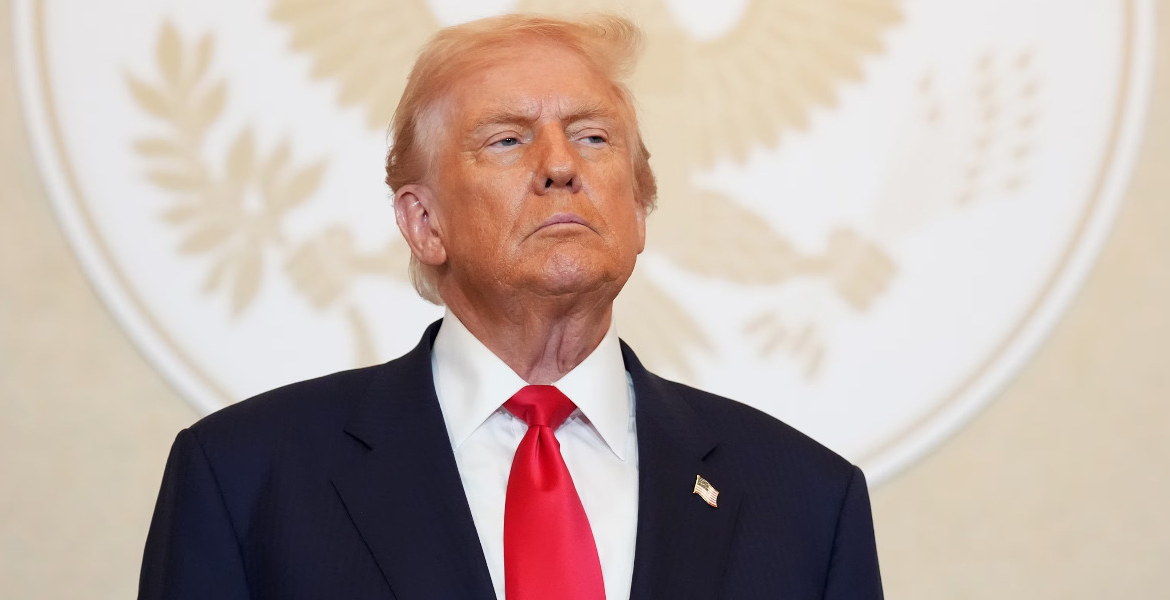Children Born in the US Must Show Parents’ Status to Qualify for Citizenship, Says New Order

President Donald Trump’s executive order restricting automatic citizenship for children born in the United States has set off a series of legal challenges and forced federal agencies to prepare for major administrative changes.
Signed on 20 January, the order directs federal departments to deny birthright citizenship to children born on US soil unless at least one parent is a US citizen or lawful permanent resident. This directive departs from the long-standing interpretation of the Fourteenth Amendment, which grants citizenship to anyone born within the United States regardless of parental status.
The policy has already faced significant court opposition. The 1st US Circuit Court of Appeals in Boston and the 9th Circuit in San Francisco have both ruled that the order is unconstitutional, siding with a coalition of Democratic-led states and immigrant advocacy organisations. The administration has appealed to the Supreme Court, seeking a review that could redefine constitutional citizenship rights.
In preparation for possible enforcement, federal agencies have begun developing new procedures. The Social Security Administration (SSA) is drafting plans to revise how it verifies citizenship for Social Security Number (SSN) applications. Currently, a US birth certificate is sufficient proof of citizenship. If the order takes effect, this would no longer apply to children born after its implementation.
Under the proposed system, applicants would need to show that at least one parent held US citizenship or lawful immigration status at the time of the child’s birth. This would add new documentation requirements, especially for families not enrolled in the Enumeration at Birth programme or those requesting replacement SSN cards.
Individuals born before the order would generally be able to rely on existing records showing US birth or citizenship, while those born later would need to present evidence such as a naturalisation certificate, a US passport issued under the new rules, or verification from the Department of Homeland Security or the State Department.
The new verification process would also require proof of lawful permanent residence where applicable. Green card holders would need to provide documents such as Form I-551, a Machine Readable Immigrant Visa marked with Temporary I-551 status, or other official records confirming their status. Refugees and asylum recipients would need to submit Form I-94 to demonstrate lawful presence.





Add new comment